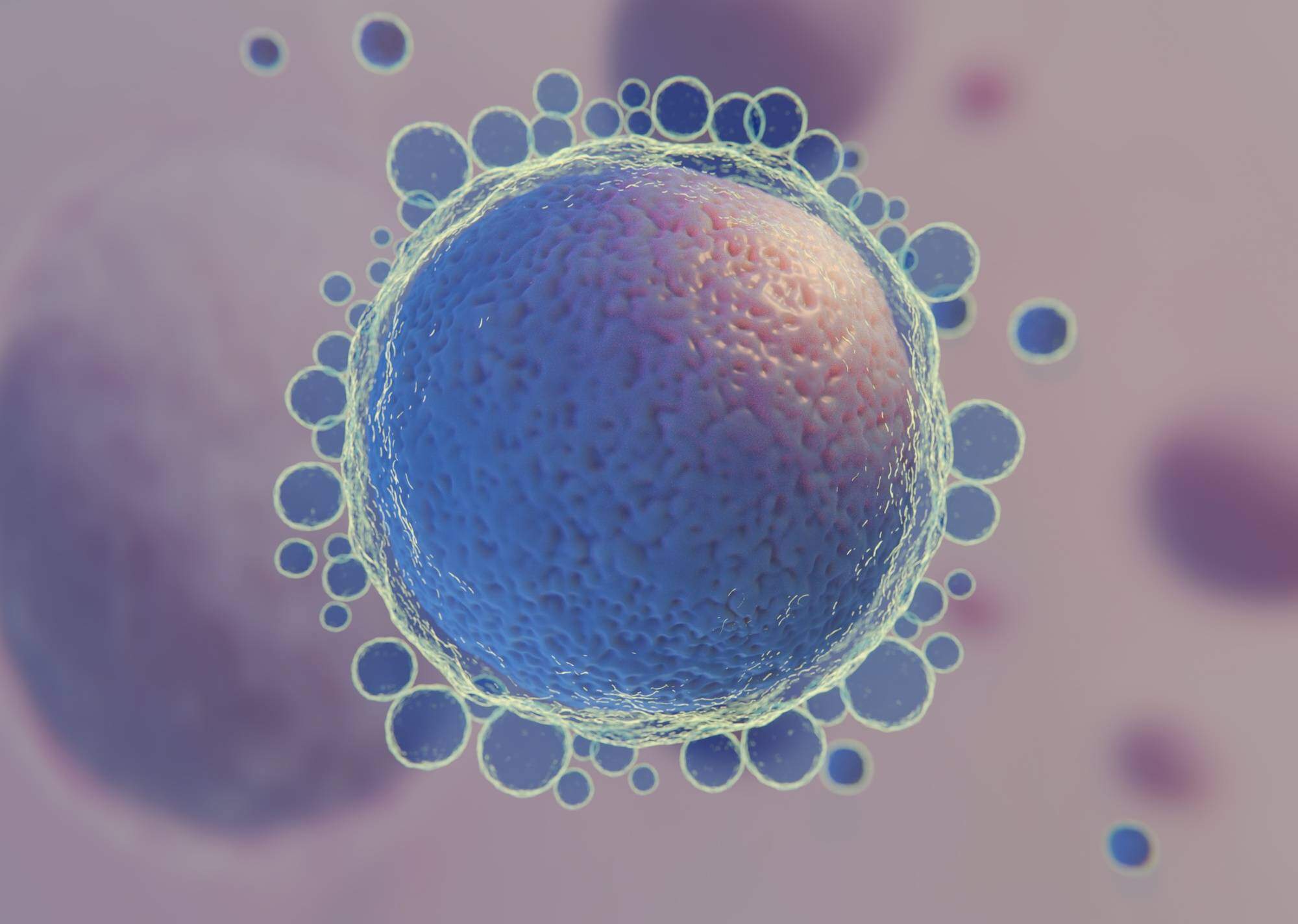Discharge after ovulation
Ovulation is a crucial stage in the female menstrual cycle. Once the egg has been released from the ovary, many changes occur in the woman’s body, one of which is the discharge after ovulation. In this article, you’ll find out everything you need to know about this natural phenomenon.
- Understanding ovulation. Ovulation is the process during which an egg is released from the ovary and travels down the fallopian tube for possible fertilisation. This generally occurs in the middle of the menstrual cycle, around 14 days before the start of menstruation. Ovulation is the most fertile time of the cycle, and this is when the post-ovulation discharge becomes visible.
- What is post-ovulation discharge? After ovulation, the woman’s body undergoes hormonal changes. Oestrogen levels fall while progesterone levels rise. This can lead to an increase in the production of cervical mucus. It is generally white or creamy and can vary in quantity from one woman to another. It is also often thicker than the discharge seen at the start of the cycle.
- A sign of fertility Discharge after ovulation is a natural sign of female fertility. It can help determine the fertile period of the menstrual cycle. Some women use this discharge to identify the optimum time to try to conceive a child. However, it is important to note that discharge alone does not guarantee fertilisation. Other signs of fertility, such as basal body temperature, should also be taken into account.
- Post-ovulation discharge and pregnancy. If fertilisation occurs, the discharge after ovulation can also play an important role. After fertilisation, the fertilised egg moves into the uterus to implant. Cervical discharge can become thicker and more abundant to create a favourable environment for the embryo to implant. However, the discharge alone is not enough to confirm a pregnancy.
- Normal variations. It is essential to remember that the discharge after ovulation can vary from one woman to another and from one cycle to another. Normal variations can be influenced by factors such as stress, vaginal infections or hormonal changes. If you notice sudden or unusual changes in your discharge after ovulation, it is advisable to consult a health professional to rule out any underlying infection or problem.
- The different phases. Post-ovulation discharge can be divided into different phases that correspond to hormonal changes in the body. In general, just after ovulation, the discharge may be minimal, but then becomes more abundant and creamy as progesterone dominates. Some women even notice a slight bloodstain, known as implantation bleeding, if fertilisation has taken place.
- The importance of monitoring discharge. For women trying to conceive, monitoring the discharge after ovulation can be a useful tool for optimising the chances of success. It is advisable to keep a diary of discharge and other signs of fertility to better understand your own menstrual cycle. This can help to predict the most favourable periods for conception.
- In conclusion, it is a natural phenomenon that accompanies the female menstrual cycle. It can be used as an indicator of fertility, but it is essential to consider it in the overall context of fertility monitoring.













